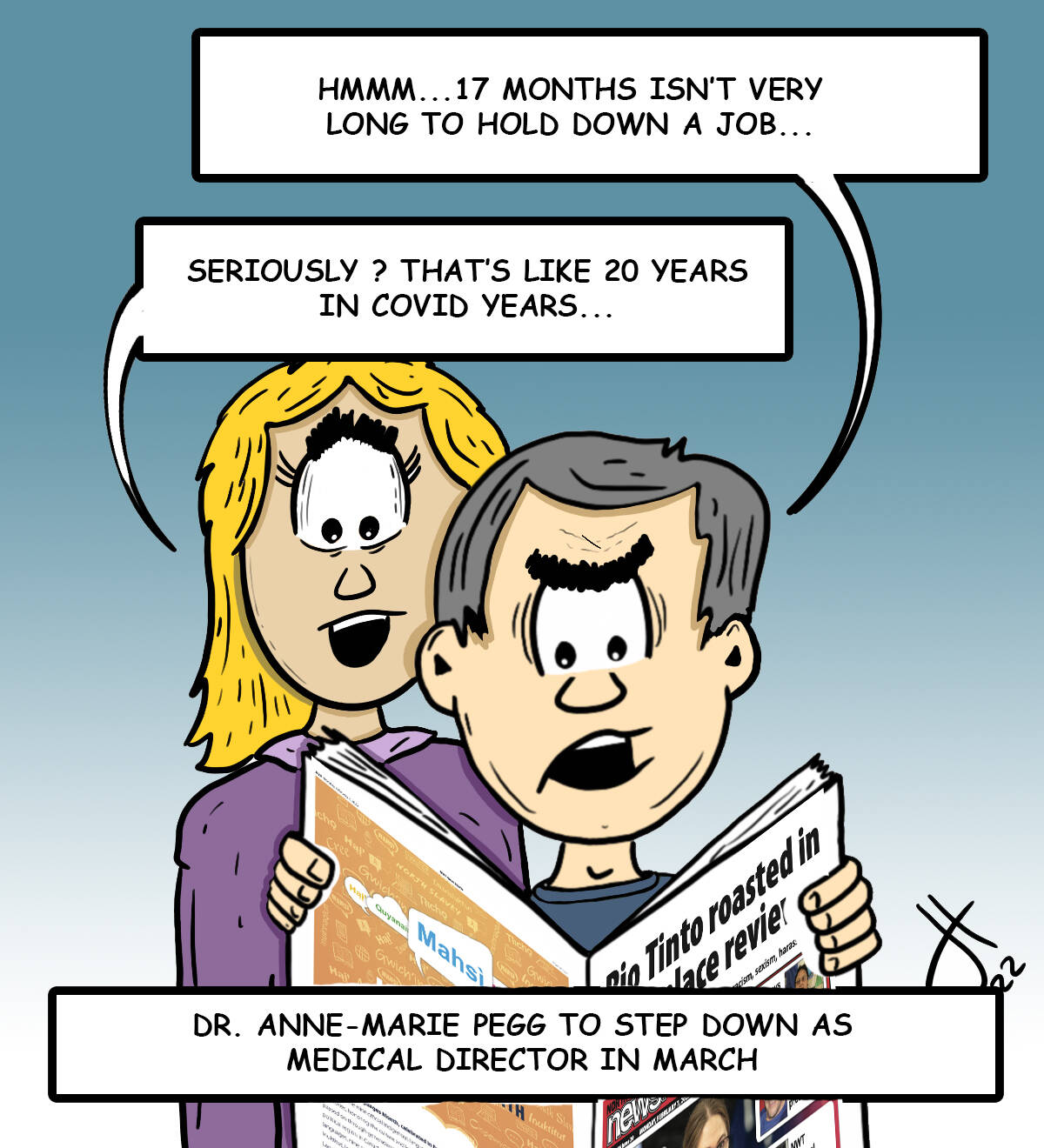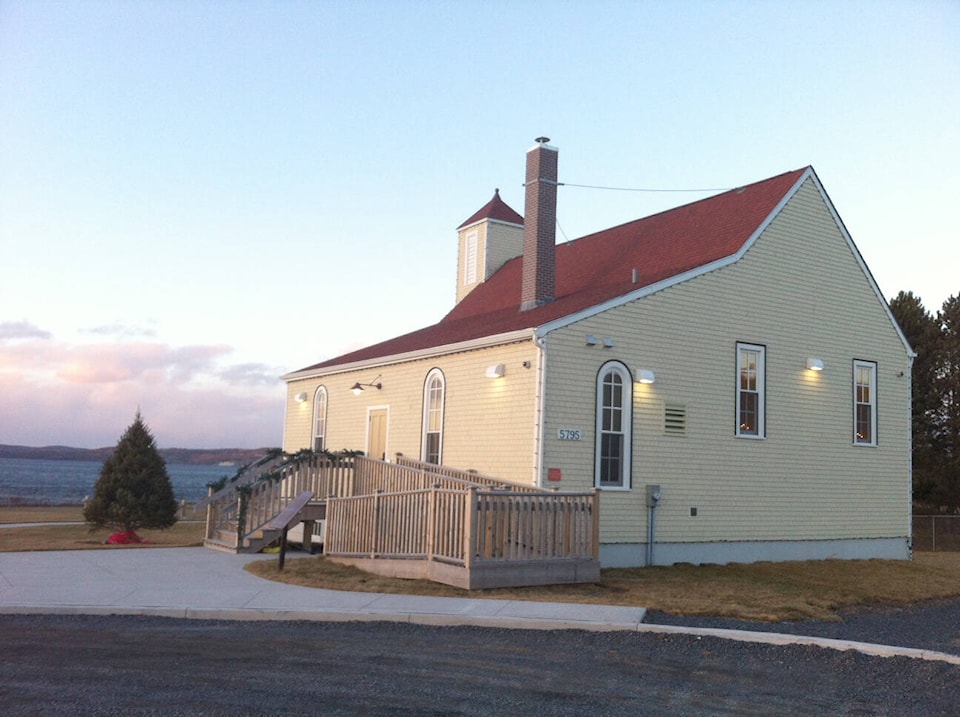By now you should know what the word BIPOC stands for, if not it is Black, and Indigenous People of colour. Although I am Indigenous, I cannot claim to be BIPOC because I am not a person of colour and therefore do not get profiled by authority for the colour of my skin. I can drive down the street and not have to worry that I will be targeted and pulled over because of discrimination based on my ethnicity alone. I can go into an expensive store and not worry about being followed based on suspicion or stereotypical beliefs. This is a privilege that BIPOC’s do not have and as those that have this privilege, we must be aware of it and educate on it.
In honor of Black History Month I’d like to remind readers that BIPOC communities in Nova Scotia have survived a history of racism that goes back to before Canada was even a country. In 1783, approximately 3,000 people from Africa arrived in Nova Scotia to help fight for what they believed to be freedom from slavery but many were still slaves to white settlers in Nova Scotia long after the war. When African communities first arrived, the Mi’kmaq people helped them learn how to live off the land. In North Preston, a town that was established in the early 1800’s, many migrant refuges escaping slavery found a community there and were known as black loyalists. North Preston is just one of over 50 historical African Nova Scotian communities which are referred to as Africville.
Similar to one of the many ways that Indigenous peoples have been historical been dispossessed from their homes, the community of Africville located on the northern shore of Halifax Harbour, was destroyed in the 1960s to make way for industrial development. Forcibly relocated, the former residents of Africville and their descendants were scattered in what was known as “urban renewal.”
It is examples such as this that show the histories of Black and Indigenous communities in Canada having more in common than many have come to realize. Including the fact that the African apartheid, an institutionalized system of segregation rolled out across Africa in the mid 1900’s was directly based on the structure of the Indian Act and the residential school system.
Hidden histories of Africville communities continue to go unheard but the parallels between BIPOC communities are undeniable right down to the very places that BIPOC people have been forced to live in which are often in close proximity to hazardous waste sites contaminated from industrial pollution give cause for environmental injustices.
It has been a long battle for BIPOC communities to gain respect in Canada and Black and Indigenous peoples of colour still face similar types of systemic racism each and everyday. In the past few years, the Halifax police and Premier have stepped out to try and make a bigger difference by apologizing for the systemic racism that exists in Nova Scotia communities with the promise of working harder to tackle the way the justice system deals with BIPOC communities with particular attention to the Black Lives Matter movement that was started when George Floyd was murdered in May 2020. The RCMP in the Northwest Territories should do the same considering that criminal profiling of BIPOCs is not just an isolated issue it is happening all over Canada.
It is good to see that the GNWT has developed its own Anti-Racism Campaign where GNWT employees and supervisors are mandated to participate in The Equitable Workplace: Cultivating Attitudes of Anti-Racism and Allyship. Minister Caroline Wawzonek in her anti-racism campaign with the department of Finance explains that participants will learn to identify how biases, racism, power, privileges, stereotypes and misconceptions about certain ethnicities that have become part of mainstream culture. This is definitely a good start but something that should be continued on a regular basis, not just a few months out of the year. It’s also imperative that the same department running this campaign look towards amending its affirmative action policy in order to be truly diverse and inclusive.

